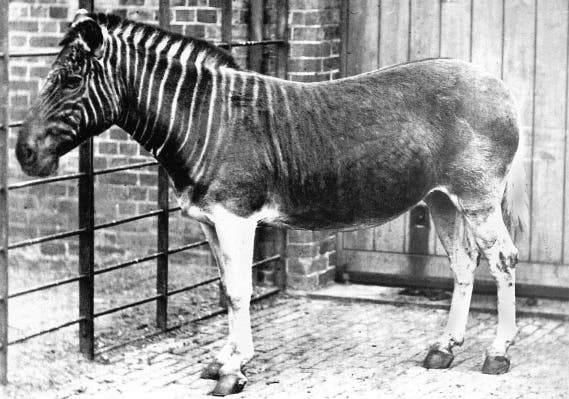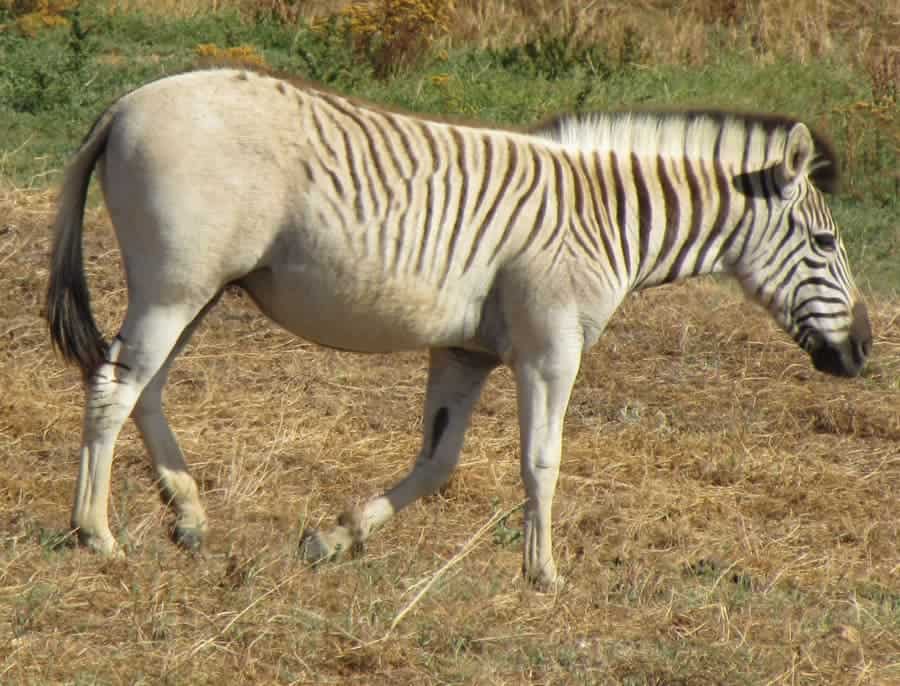South African scientists have recreated the quagga – an exotic animal related to the zebras that went extinct in the 19th century. Or better put, they created an animal that’s genetically similar to the quagga.

The quagga is still a mysterious animal. There has been much debate over the status of the quagga in relation to the plains zebra. It is generally believed now that it is basically a species of plains zebra and not a genetically unique species. At one point, South African plains were highly populated with quaggas, but Dutch settlers hunted and exterminated them, because they competed with domestic animals for grazing territory. The last captive specimen died in Amsterdam on 12 August 1883. Only one quagga was ever photographed alive (the one you see above) and only 23 skins are preserved today.
Quaggas have fascinated researchers, both biologists and geneticists. In 1984 the quagga became the first extinct animal to have its DNA analysed and not very long after that, the Quagga Project was launched. Working on the project, a team of scientists based at the University of Cape Town led by Professor Eric Harley have recreated an animal that is genetically similar to quagga with. They did it by using both DNA and selective breeding.
“By bringing selected individuals together, and so concentrating the Quagga genes, a population should emerge that will be closer to the original Quagga population than any other extant Plains Zebra. For re-introduction into areas formerly inhabited by Quaggas, such animals would undoubtedly be more desirable than any others.”

According to Digital Journal, they’ve done this and created an animal that genetically is identical to a quagga. They are named ” Rau quaggas” after Reinhold Rau, one of the project’s founders 30 years ago. They were able to do this without cloning because as said before, the quagga isn’t a distinct species, but rather a subspecies (something like recreating a specific type of dog breed). The website writes:
“The Quagga was not an animal all on it’s own, as the name might seem to imply. It was a Zebra, and as modern DNA analysis has shown, not a seperate zebra species either, but one of several subspecies (local forms) of the Plains Zebra, of which most are still living. Therefore selective breeding, aiming at retrieving Quagga genes, believed to be still present in living Plains Zebra populations, might eventually result in individuals which have at least the exterior characteristics of the extinct Quagga.”
Project members believe that since their extinction was quick, brutal and the environment hasn’t changed drastically since then, it could be reversed. However, others argue that they haven’t really considered the environmental niche and even if the animal was recreated it wouldn’t fit in today.






